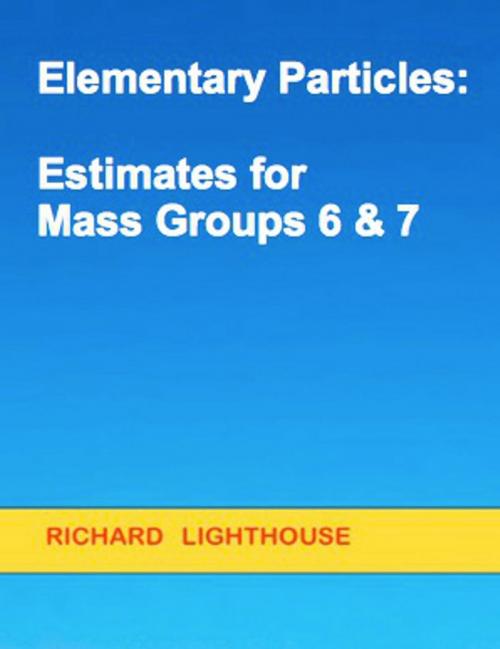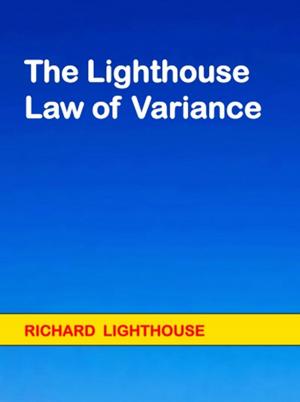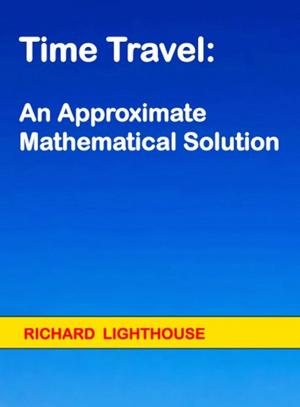Elementary Particles: Estimates for Mass Groups 6 & 7
Nonfiction, Science & Nature, Science, Biological Sciences, Molecular Physics| Author: | Richard Lighthouse | ISBN: | 9781310568411 |
| Publisher: | Richard Lighthouse | Publication: | September 26, 2014 |
| Imprint: | Smashwords Edition | Language: | English |
| Author: | Richard Lighthouse |
| ISBN: | 9781310568411 |
| Publisher: | Richard Lighthouse |
| Publication: | September 26, 2014 |
| Imprint: | Smashwords Edition |
| Language: | English |
This paper presents many new elementary particles based on the QAM model as the first Periodic Table for Elementary Particles. The mass values for these new particles are estimated, based upon possible mathematical patterns. It should be noted these estimates are very crude, and are intended to be used as “guidelines” for experimental planning purposes. Mass estimates begin at 1 TeV. Probabilities are involved. This may be helpful when designing future experimental hardware and test procedures. The basic format is based upon the 1024-QAM table that graphically displays how all elementary particles are related, similar to the Standard Periodic Table in chemistry. Interestingly, the math that describes QAM is simple and elegant. If we line up all of the particle masses in order, we find there are a number of “gaps.” These are called the mass gaps, and they line up perfectly with 1024-QAM. QAM is very simple – it is the math used for wifi signals, and it perfectly fits the sequence of elementary particle masses. 4 new particles are predicted between 1 to 15 TeV. Also, 4 new particles are predicted between 50 to 200 TeV. Numerous other new particles are predicted using 1024-QAM.
This paper presents many new elementary particles based on the QAM model as the first Periodic Table for Elementary Particles. The mass values for these new particles are estimated, based upon possible mathematical patterns. It should be noted these estimates are very crude, and are intended to be used as “guidelines” for experimental planning purposes. Mass estimates begin at 1 TeV. Probabilities are involved. This may be helpful when designing future experimental hardware and test procedures. The basic format is based upon the 1024-QAM table that graphically displays how all elementary particles are related, similar to the Standard Periodic Table in chemistry. Interestingly, the math that describes QAM is simple and elegant. If we line up all of the particle masses in order, we find there are a number of “gaps.” These are called the mass gaps, and they line up perfectly with 1024-QAM. QAM is very simple – it is the math used for wifi signals, and it perfectly fits the sequence of elementary particle masses. 4 new particles are predicted between 1 to 15 TeV. Also, 4 new particles are predicted between 50 to 200 TeV. Numerous other new particles are predicted using 1024-QAM.















